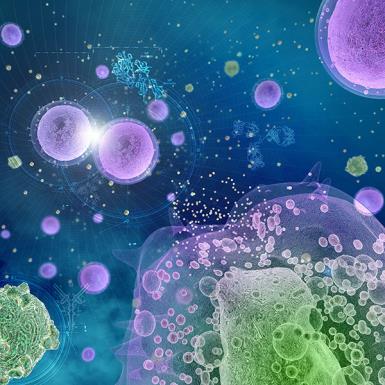Animals are under constant threat of invasion by a diverse range of microorganisms that seek to enter the body and exploit its resources for shelter and food. Once an organism passes the physical barriers to entry, it is confronted by the “hard wired” system of innate immunity and the highly complex, adaptable, and incredibly effective adaptive immune system.
Immune System

Immune System Sections (A-Z)
Immunologic Diseases
The primary role of the immune system is the detection and destruction of invading microorganisms. Because of the great diversity of microbial invaders, the immune system has evolved an equally complex mixture of protective mechanisms. These may be simply classified as innate immunity (see Innate Immunity) and adaptive immunity (see Adaptive Immunity). Protection within the first few days of microbial invasion is the responsibility of the “hard-wired” innate immune system. Longterm protection is the responsibility of the adaptive immune system.
The Biology of the Immune System
Animals are under constant threat of invasion by a diverse range of microorganisms that seek to enter the body and exploit its resources for shelter and food. To ensure survival and prevent such exploitation, the body combats the most dangerous of these invaders with an equally complex set of defensive mechanisms that can be thought of as a series of barriers. These mechanisms include physical barriers to invasion such as a tough, thick skin or the ability to cough and sneeze. The second line of defense is a “hard wired” system of innate immunity that depends on a rapid, stereotyped response to stop and kill both bacterial and viral invaders. This is typified by the process of acute inflammation and by the classic sickness responses such as a fever. The third line of defense is the highly complex, adaptable, and incredibly effective adaptive immune system.
Also of Interest
Test your knowledge
Which of the following cell types produces antibodies (immunoglobulins)?




